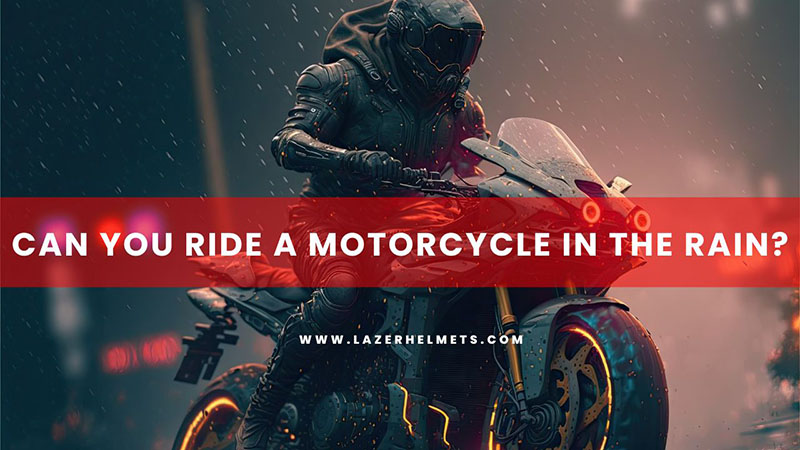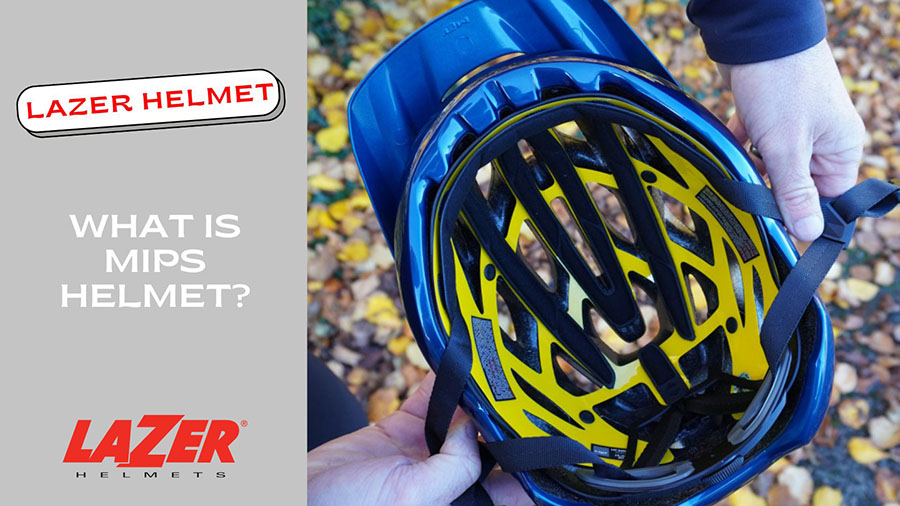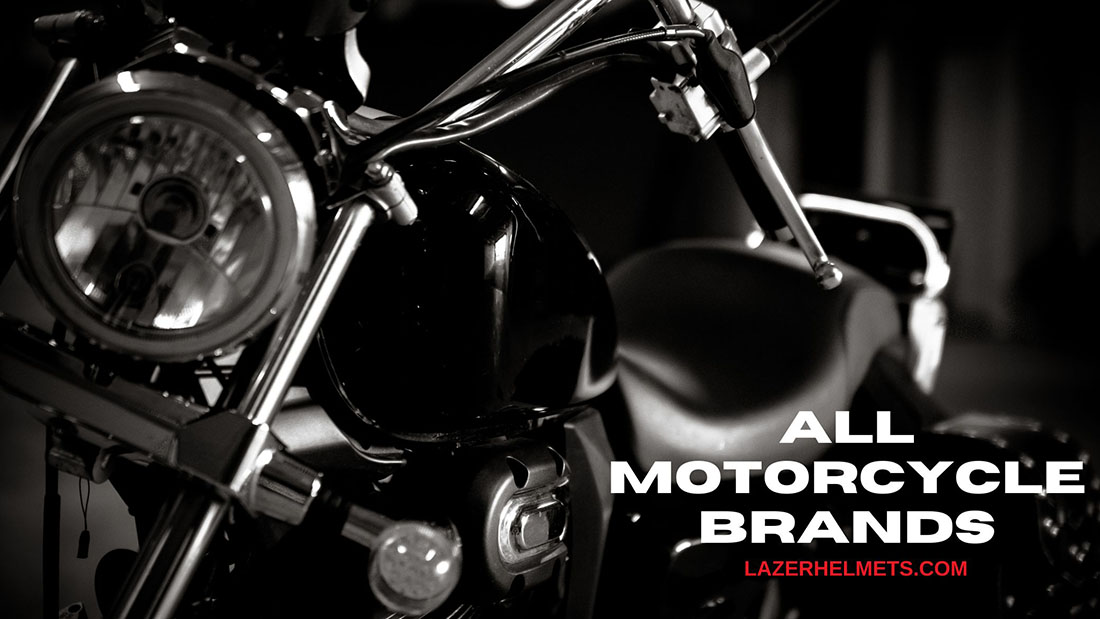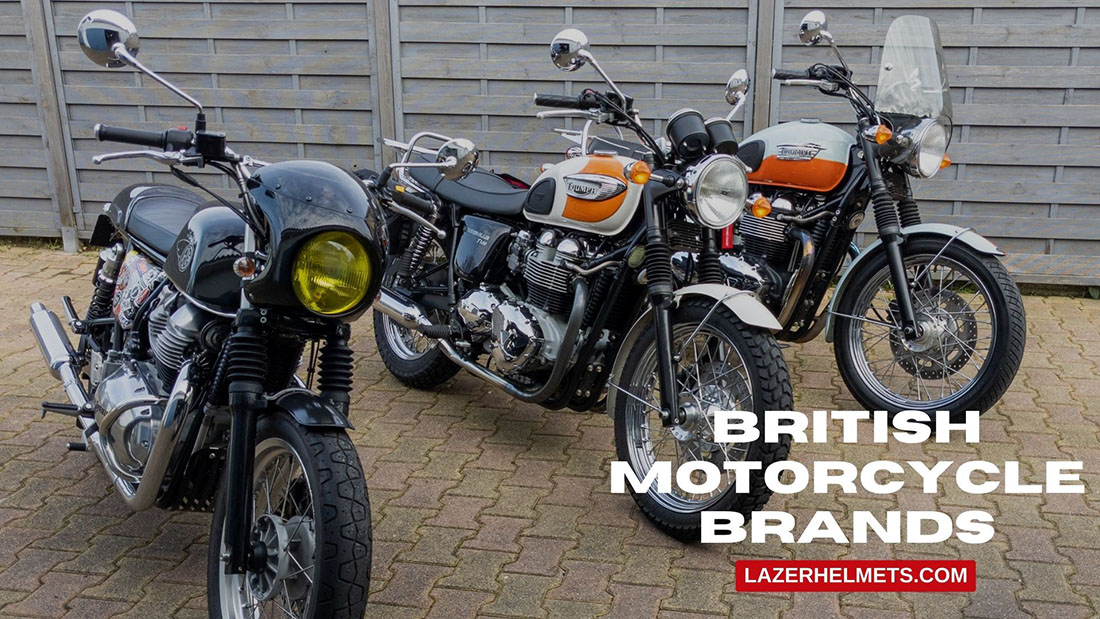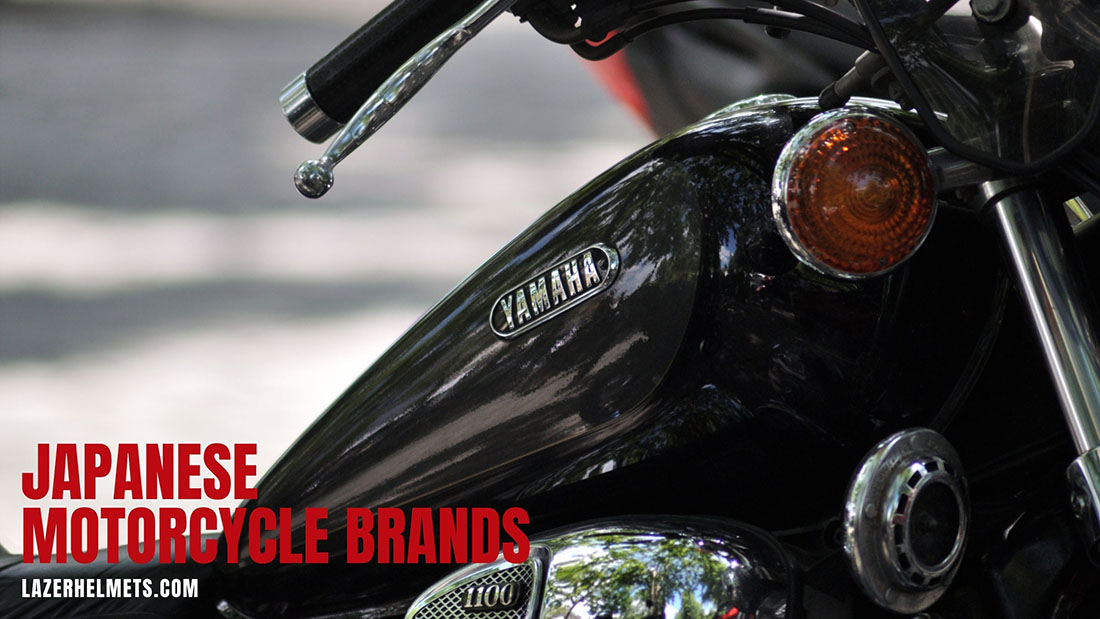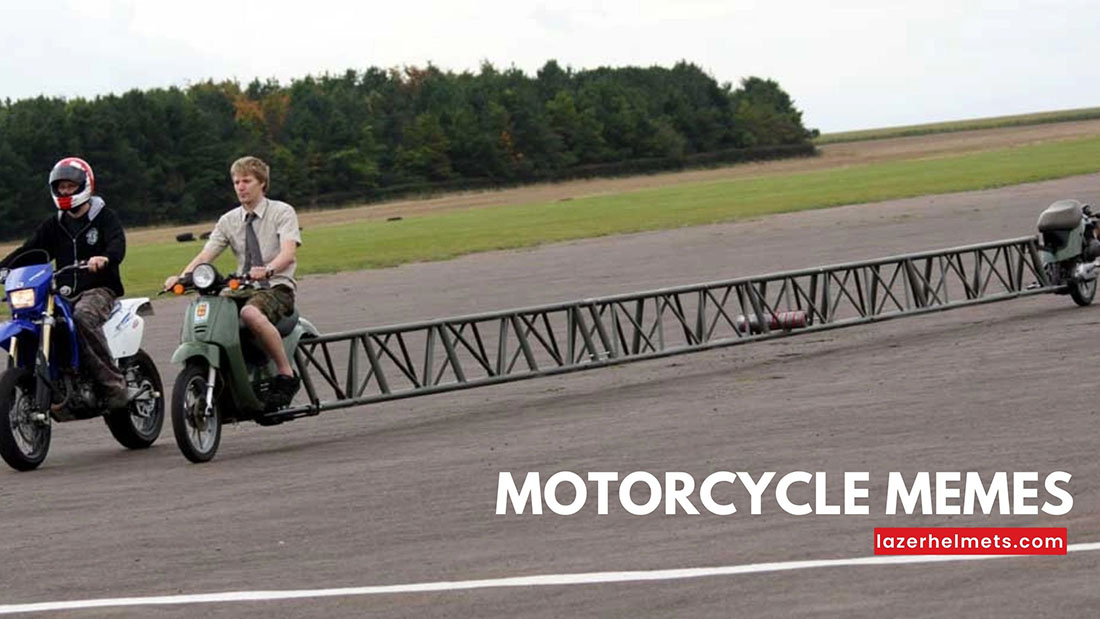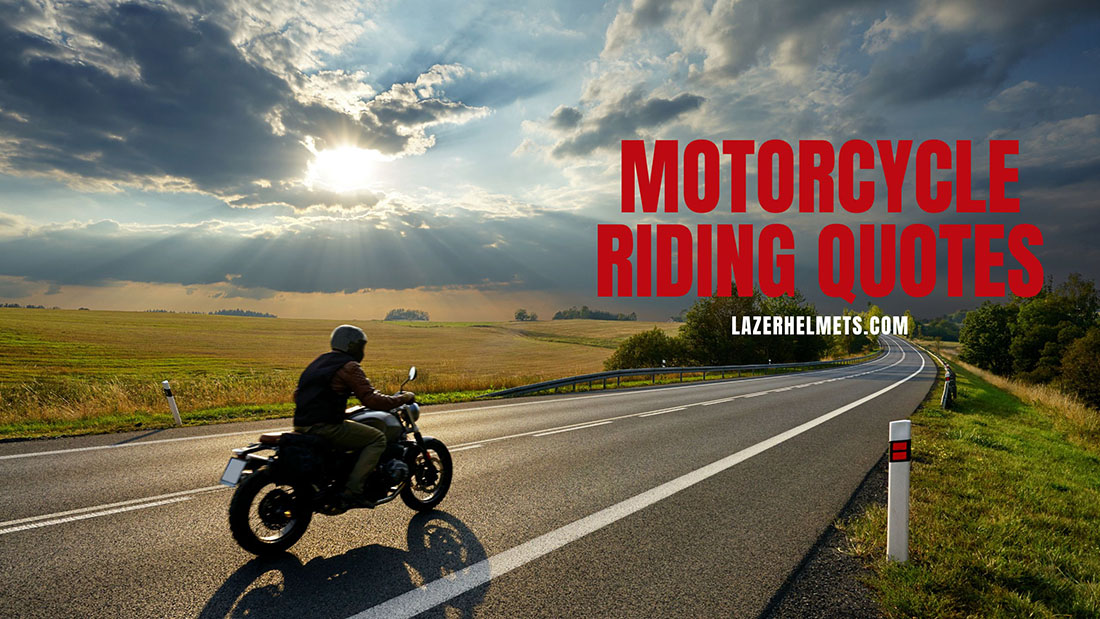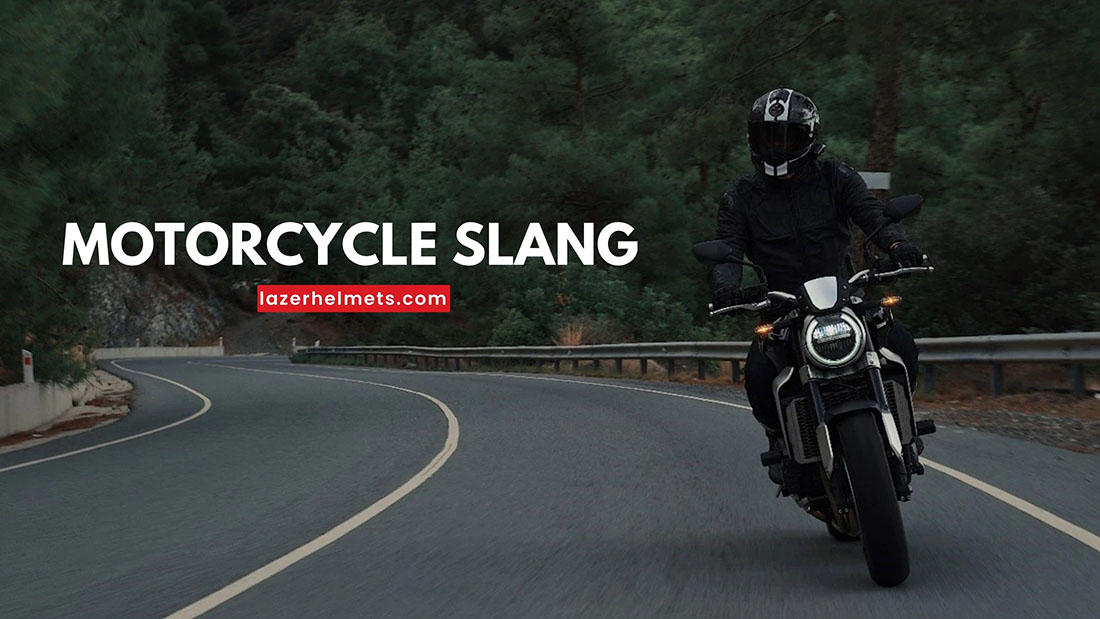Motorcycle and rain sound not very heavenly, but sometimes, it’s inevitable; a sudden thunderstorm might appear amidst your riding tour, and there’s no way you could prepare for that beforehand. Should you ride a motorcycle in the rain, then – or find some shelters to reside in until the sky is all sunshine again?
This article will dive deep into this issue, exploring whether doing so is safe and unharmful. Other tips to ensure a smooth rider experience will also be covered, particularly for confused first-timers.
Table of Contents
Can I Ride My Motorcycle In The Rain?
Yes. But not recommended.
Unless there are no other choices, you should NEVER plunge into the rain. Numerous hidden risks are waiting to pounce on you at one moment of carelessness!
1. Poor Visibility
Rainy weather decreases visibility for almost every rider. The rain will streak down your motorbike visor, impeding vision and leading to fogging issues due to extremely cold temperatures. No wonder the risks of accidents in the downpours and storms are always off-the-roof!
According to the National Library of Medicine, a study from 1994-2012 in the USA showed that 60% of weather-related crashes happened in April and November – the monsoon season.
2. Wet Roads
This reason should be clear enough: under the rain, roads will be filled to the brim with water and become slippery, posing many dangers for vehicles of all types – let alone motorbikes.
Worse, since motorbikes have much fewer tire grips and contact points with the road surface, their risks of traction loss are greater than cars. Unless you are an experienced motorcyclist, operating the bike smoothly and staying upright in such a dangerous position is definitely a challenge.
3. Lackluster Bike Control
As if worsened vision and slick roads have been a nightmarish combo already, you have another thing to worry about: bike control.
Since the water keeps sliding through your finger gaps, average riders will struggle to grasp their handlebars firmly, which severely affects their bike’s consistent speed and performance.
The motorcycle might shake, vibrate, and slide off the track. Imagine what would happen if a big truck or car was coming at that moment – what a recipe for absolute disasters!
Tips to Ride In The Rain Safely
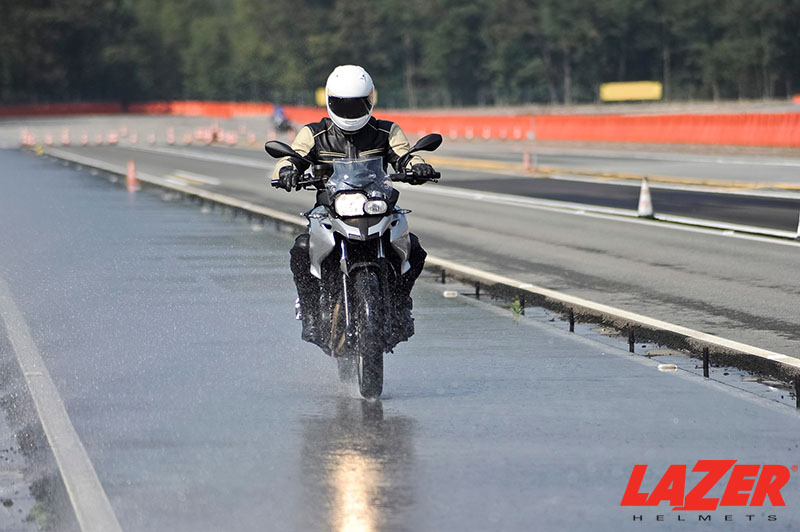
1. Inspect The Bike Compartments
Before leaving for a ride, inspect some critical bike elements to prepare yourself well for the weather ahead. Some of them are:
- Motorcycle Tires. The weather tires must be capable of channeling water, meaning their treads must be top quality.
Double-check the tire tread for balanced, even wear, ensuring the tire pressure is enough for the bike. Both over- and under-inflated tires will cause poor reactions in water.
- Brakes. The brake pads must incorporate numerous premium materials to stop exactly when you want them to under wet weather.
For bikes with ABS units, confirm they are regularly checked and functioning perfectly. Identify possible tears and wear on the pads (if any) to give them instant treatments.
- Brake Fluid and Oil. Guarantee that the bike has no leakage – including brake fluid and oil.
In normal cases (dry conditions), oil leaks do not necessarily result in any safety issues. But it’s a different story when oil and rain are mixed: they are the tell-tale formula of slipperiness that may end your trip in total disaster.
2. Wear Proper Gear
Such dangerous weather demands some self-protection with good-quality attire and riding gear. (helmets, gloves, rain pants, rain suits, etc.)
Please note that the marketplace offers two types of prevention clothing: water-resistant and waterproof. How do they differ, though?
The latter, waterproof jackets and gears, do not let water penetrate unless you are put in extreme circumstances – submerged completely in a pool, for instance.
Meanwhile, water-resistant clothing still gives way to certain penetration levels after being hit continuously by water for long periods of time.
When seeking riding gear for rain counterattacks, remember these differences to determine which option you should have.
See more:
3. Anti-Fog Products
A common byproduct of bad storms and rain is fog – an inevitable part of wet weather that often occurs when there are temperature differences or excessive humidity. Your helmet visors, windshields, and goggles tend to fog up as a result.
Before your departure, do not forget to wipe their slick surfaces using anti-fog products. Also, while donning the helmet, keep its visor open for better ventilation and fewer fogging risks.
Still, if you face a certain situation where too much fog is involved, we suggest pulling over and waiting until they are over.
4. Plan Ahead Your Routes
There are chances that small rain turns into downpours. In that case, plan alternative roads – or at least find a shelter to stop at until the streets are safer. Do not underestimate them and keep going; you might regret that decision!
Mark your favorite rest stops, restaurants, or alternative locations on a paper map or GPS. That way, you can turn to them anytime.
Should I Ride Bikes Under The Snow?
Just no. Even small rains are risky enough – let alone snow! Your vision and bike control will worsen more than ever under the bad weather, subjecting you to numerous accident possibilities.
Can I Be Compensated If My Accidents Were Caused by Inclement Weather?
Yes – though the attorneys need confirmation on many issues before deciding the final results.
Some of the questions they would likely investigate:
- Was your speed too fast for such wet conditions?
- Were you (or the other motorcycle riders involved in the accidents) distracted or drunk?
- Were the roads clear?
- Were there any witnesses?
Conclusion
While there are more drawbacks than upsides, it should not be a scary experience – provided that you are well-prepared. This article has lent some wonderful tips to equip you with the best rain gears and protective devices, ensuring even a huge storm cannot damage your bike or leave behind physical injuries.
Aside from rains, other types of hazardous weather conditions (ex: snow) should also be considered carefully to keep accidents and mishaps at bay. Always exert caution under such circumstances – and if you are afraid the weather is beyond your riding skill, it would be best to stay home.

